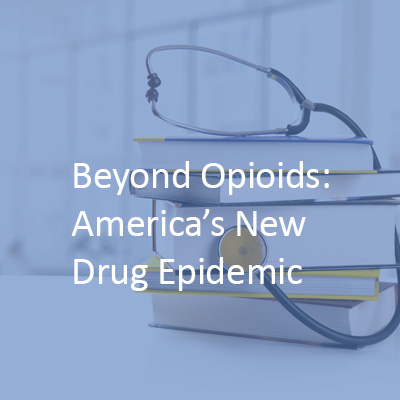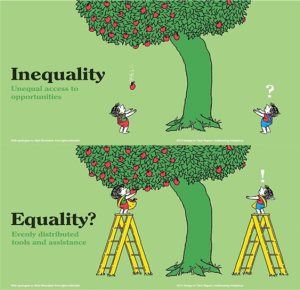Eleven years ago, the Journal of Continuing Education in the Health Professions published Achieving Desired Results and Improved Outcomes: Integrating Planning and Assessment Throughout Learning Activities, which quickly became known as the “Moore’s outcomes paper” (sorry, Green and Gallis). Although applauded for several years, it has now become vogue to wave aside as an antiquated interpretation of physician learning outcomes.
Why a paper primarily focused on the design and implementation of educational interventions for clinicians was ever considered bedrock for outcome assessment escapes me. Then again, maybe I shouldn’t be surprised that the learning objectives of a passive, print intervention would be so poorly translated to its target audience.
So what were Moore, Green, and Gallis trying to communicate? Specifically, “the central point of this article is that before outcomes can be measured, educational planning focused on the outcomes must occur so that these outcomes can be expected to happen.” (JCEHP 2009; 29: p. 5) To be fair, they do use the word “outcomes” a lot in that sentence, but the key term is clearly “educational planning.” Overall, this was meant to be an instructional guide for planning continuing medical education (CME) – not an outcomes paper. Here are the key points:
- There may be five stages of physician learning
- If there are such stages, designing CME using the predisposing-enabling-reinforcement framework may be a good idea
- The seven-level outcomes framework may help CME providers apply the predisposing-enabling-reinforcement framework
- Formative assessment is really important and can be incorporated in the predisposing-enabling-reinforcement framework
Noting a pattern here? Whole lot of chatter about the predisposing-enabling-reinforcement framework. As far as outcomes, the “Moore’s model” is a simple amalgam of frameworks – I suspect that neither Moore nor Green nor Gallis really care which framework you use, as long as it also incorporates…let’s all say it together now…the predisposing-enabling-reinforcement framework!
Although I recognize that many a fine point has been made in criticism of the Moore’s outcomes framework as an independent entity (i.e., outside of the context of the article in which it was published), my concern is that we’re tossing the baby out with the bathwater for those newly initiated into the field of CME. Everyone in the practice of CME should read this paper. The insights neatly tucked into 15 pages may not instantly transform CME providers’ practice, but they will at least help tune their attention to the evidence-based barriers and facilitators to transferring clinical education to practice.












